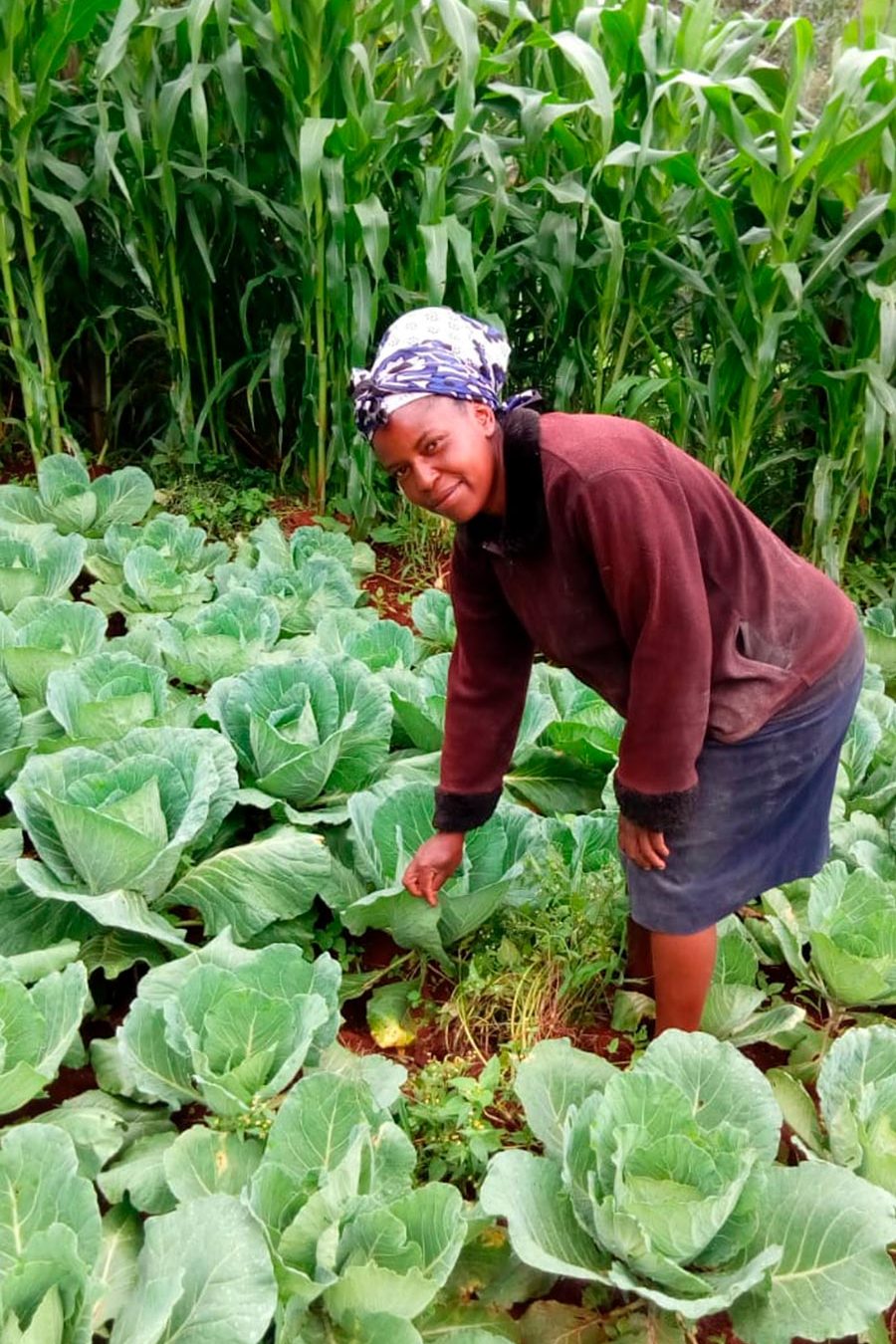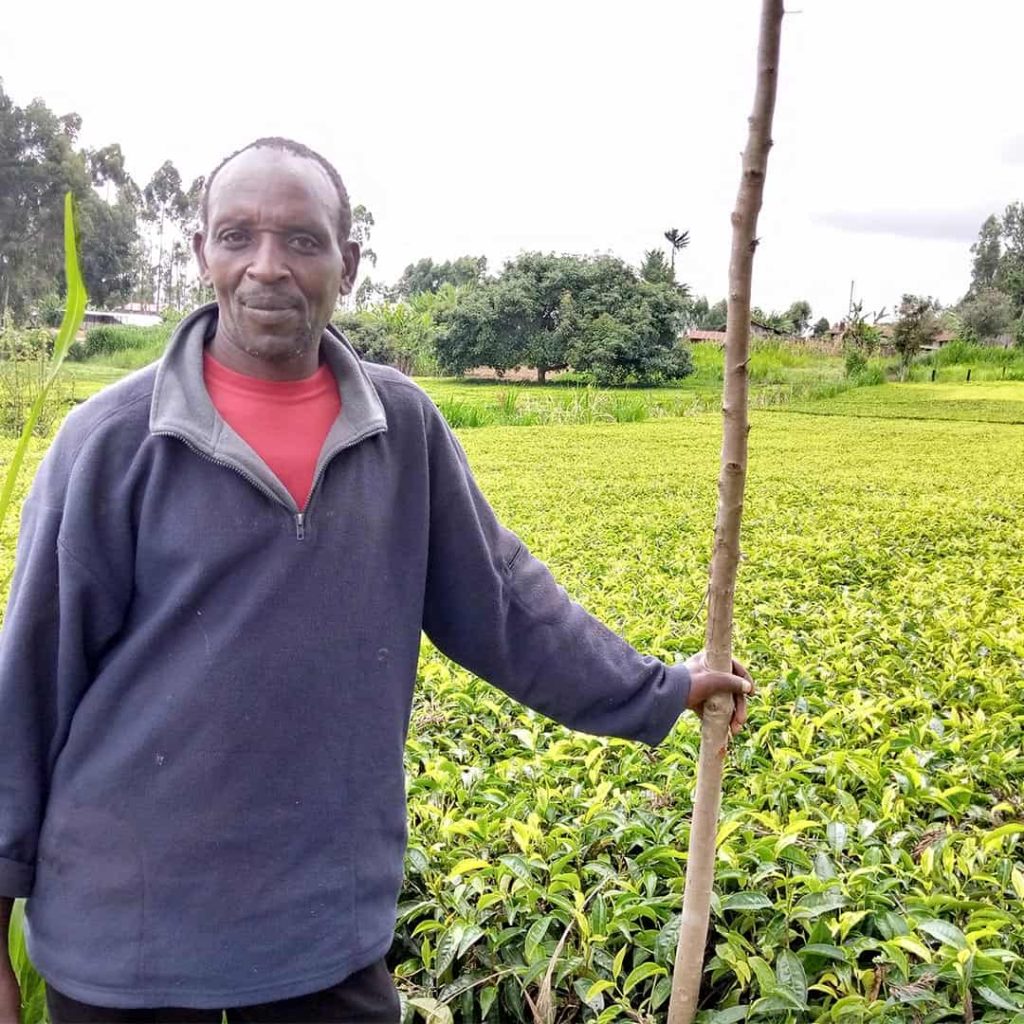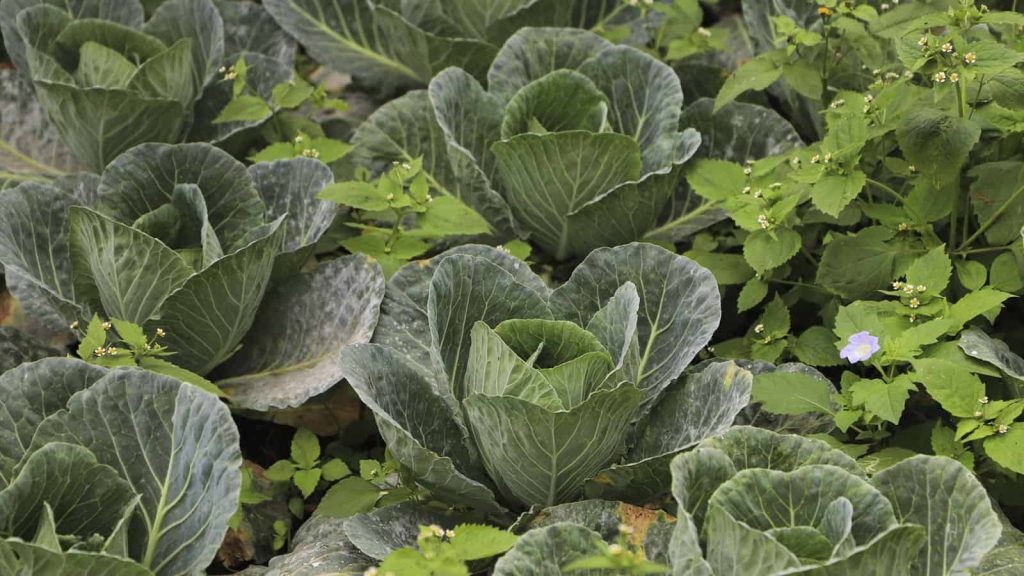By Mutuma Muriuki, Agroecology Fellow
Today we are here to talk about cabbages, the oldest and most widely grown vegetable of the Brassica group. Belonging to the mustard family, some other members of this group include broccoli, brussel sprouts, cauliflower, chinese cabbage, kale, kohlrabi, and turnips.
Cabbage is a hardy vegetable that grows especially well in fertile soils. There are various shades of green available, as well as red or purple types. Head shape varies from the standard round to flattened or pointed. Most varieties have smooth leaves, but the Savoy types have crinkly textured leaves.
And, now we know, cabbages absolutely love biofertilizer! Over the past year, we have witnessed incredible growth in cabbage production from many of our farmers in Kenya. One of our users even saw an increase from 3,000 to 5,000kg of cabbages per season!
Have you ever wondered what it would be like to eliminate the need for off-farm inputs, or what a circular economy looks like in a small farm? Well, we are here to share some examples with you.

Julia Mutura owns a 1-acre farm in Kiambu. She is passionate about subsistence farming, and has now transformed her practices toward organic farming with the help of her biodigester. Through the use of biofertilizer, she not only has escalated her cabbage production, but she has managed to increase the number of growing seasons to 3 per year. This has resulted in an increase of 50% income from cabbage production: she now earns KES 20,000 per season!
“Biofertilizer changed what I could produce on my farm and I have been happy since then!”, she tells us.
As for Ayub Mbijiwe, one of our champion farmers, he has been able to grow a diverse mixture of crops as a result of his ready-to-use, nutrient-rich organic biofertilizer. On top of his cabbage production, he is involved in organic cabbage seedling production in his 0.5-acre farm in Meru, a production that has reached an almost 100% germination success thanks to the biofertilizer! This earns him KES 50,000 per germination batch —not to mention the reputation of healthy cabbage maturation among his clients.
“Biofertilizer stops the need for off-farm inputs and goes in line with the need for producing organically”, he tells us.

Both farmers have managed two very important purposes: organic farming and circular economies, all thanks to their biofertilizer. Why? Because:
- Biofertilizer feeds their soil and crops with nutrients!
- Biofertilizer improves soil pH and water retention!
- Biofertilizer is rich in nutrients and easy to use!
To biofertilize your cabbages, you must:
1. Prepare your soil

Use up to 3 buckets of biofertilizer per step (1 meter) along the trench.
2. Dig between rows, a few centimeters away from the plant root base.
3. Add diluted biofertilizer (2 parts water: 1 part biofertilizer) OR use compost made from biofertilizer.
4. Cover with mulch and soil.
* You can also soak your seeds for a period of 6 hours in biofertilizer before planting the in the nursery. That way, the seed is covered by the good organisms and germinates much healthier.

Use 1 bucket (20 liters) to feed 4 plants. Feed plants every 15 days after the first month.
If you would like to know more about the benefits of biofertilizer and how to apply it on your farm, check out our Biofertilizer Uses series!
